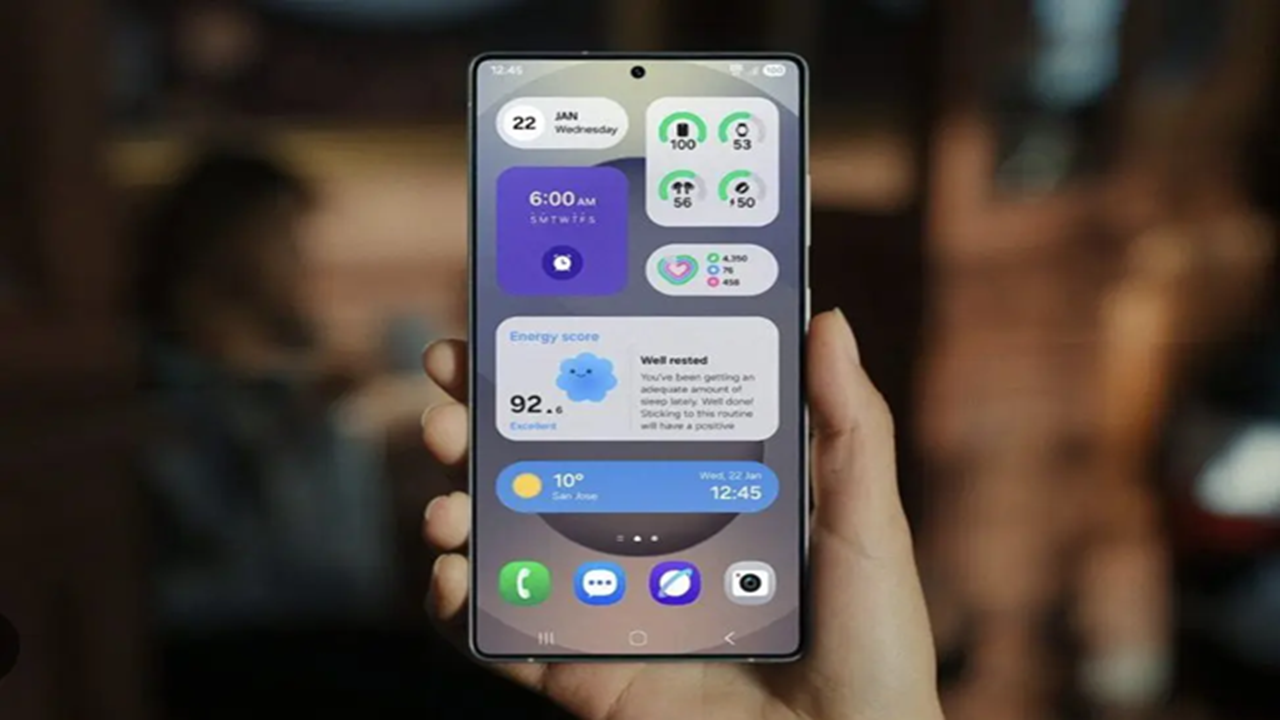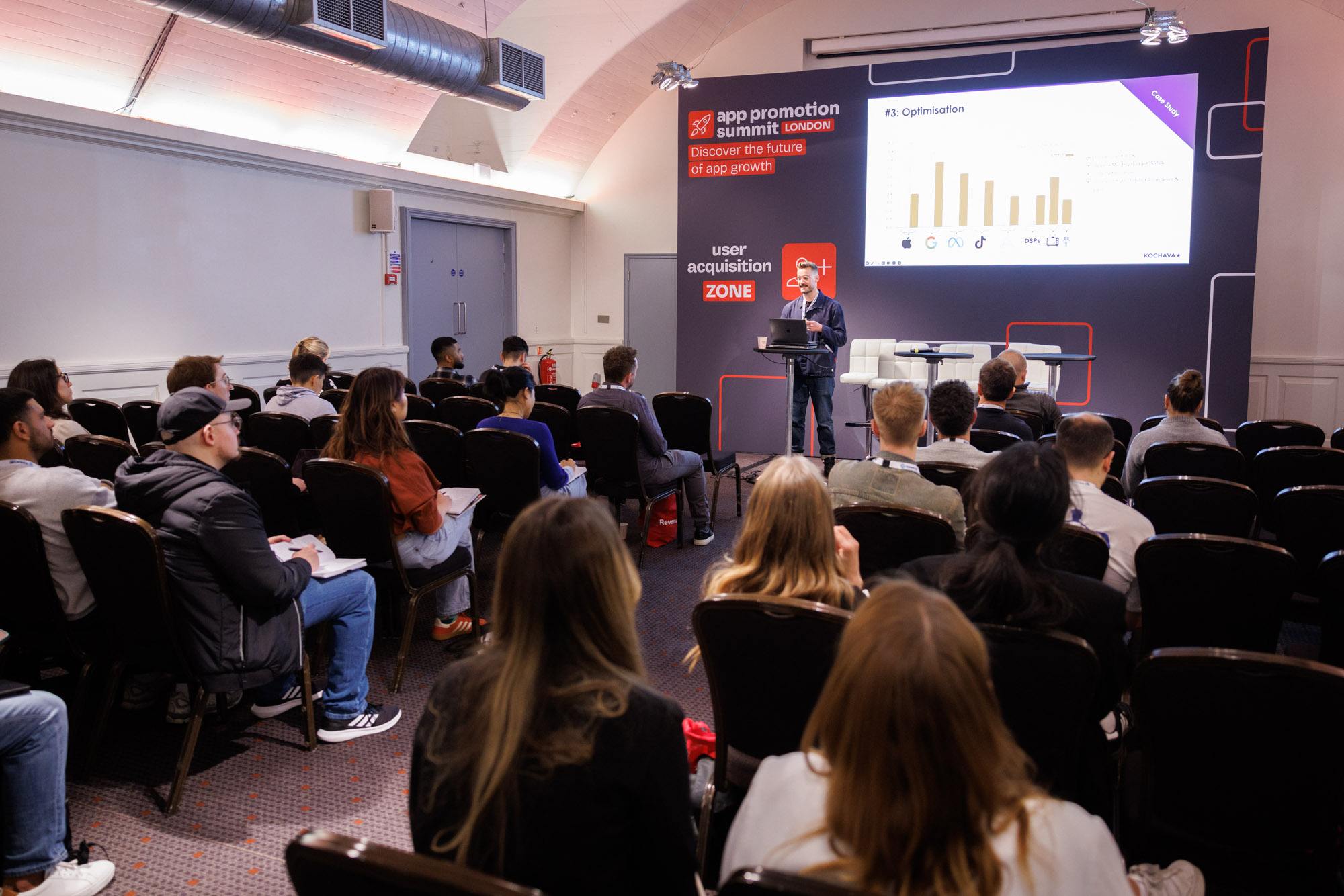Introduction
Chronic obstructive pulmonary disease (COPD) is a major public health concern, as it remains one of the leading causes of death worldwide.1 Patients with COPD often experience reduced musculoskeletal mass due to chronic inflammation, malnutrition, and inactivity resulting from dyspnea.2,3 This musculoskeletal loss contributes to sarcopenia and osteoporosis, increasing fracture risk and further inactivity, which worsens prognosis.4,5 Exercise plays a vital role in maintaining healthy body composition.6 The Global Initiative for Chronic Obstructive Lung Disease (GOLD) 2025 report emphasizes the importance of pulmonary rehabilitation.7 However, its availability is limited due to high costs and a shortage of therapists.8 Encouraging patients with COPD to establish their exercise habits may promote physical activity (PA) and help reduce healthcare costs.
Musculoskeletal mass reaches a peak in young adulthood and gradually declines with age.9 Higher levels of PA during youth are associated with increased lean mass, and maintaining PA in later life helps preserve it.6 However, to the best of our knowledge, no study has clarified the associations of adolescent versus current exercise habits on body composition in patients with COPD. Moreover, the association of adolescent exercise on current PA levels and pulmonary function in patients with COPD has not been thoroughly investigated.
We hypothesized that adolescent and current exercise habits would independently contribute to an improved clinical profile of COPD. In the present study, we aimed to clarify the associations of adolescent and current exercise habits with body composition, PA, and pulmonary function. Furthermore, we determined whether disease severity influences these effects.
Materials and Methods
Participants
Outpatients with COPD or pre-COPD at our university hospital between October 2021 and December 2023 were enrolled in this cross-sectional study, as part of exploratory research. Participants with a smoking history of more than 10 pack-years and no exacerbation of respiratory symptoms within 4 weeks prior to enrollment were included. The exclusion criteria included severe heart failure, progressive malignant diseases, or other chronic pulmonary diseases, except for stable asthma. COPD and pre-COPD were diagnosed according to the GOLD recommendations.7 In this study, Pre-COPD and GOLD 1 were defined as mild COPD (forced expiratory volume in 1 s [FEV1] % predicted ≥ 80%), and GOLD 2 to 4 were defined as moderate-to-severe COPD (FEV1 % predicted < 80%). This study was conducted in accordance with the ethical principles outlined in the Declaration of Helsinki. This study was approved by the Ethics Committee of Shiga University of Medical Science (registration number: R2021-026), and all participants provided written informed consent before participation.
Exercise Habit Questionnaire
Self-report questionnaires were used to ask the participants about their exercise habits at different stages of their lives (Figure S1). We defined exercise habit as engaging in any sport or exercise at least twice a week for a minimum of 30 min per session.10 Participants were categorized as “adolescent exercisers” if they had exercise habits between the ages of 16 and 22 years for at least 1 continuous year,11 and as “current exercisers” if they had maintained exercise habits for at least 1 year.
PA Assessment
PA was measured using a triaxial accelerometer (Active Style Pro HJA-750C; Omron Healthcare, Kyoto, Japan). The participants wore the device during the daytime, except while bathing, for 14 days. Rainy days were excluded, and the data were validated as previously described.12 The mean durations of PA based on metabolic equivalents (METs) and step counts were analyzed. The intensity of PA was defined as moderate to vigorous PA (moderate to vigorous physical activity [MVPA] ≥ 3.0 METs), light PA (1.6 to 2.9 METs), and sedentary behavior (1.0 to 1.5 METs), based on a previous report.13
Body Composition Analysis
Body composition was assessed using direct segmental multifrequency bioelectrical impedance analysis (BIA) (InBody S10; InBody Co., Ltd., Seoul, South Korea).6 Multifrequency measurements were performed for each body segment in the supine position. Fat-free mass index (FFMI) and fat mass index (FMI) were calculated by dividing the respective mass values by height squared. Phase angle (PhA), a raw BIA variable, reflects the relationship between reactance and resistance in the body as a conductor, and a smaller value indicates a worse cellular condition.14 The PhA at 50 kHz provides information about muscle quality.14,15
Handgrip Strength Test
Handgrip strength was measured twice per hand, and the maximum value was analyzed.
6-minute Walk Test
A 6-minute walk test was performed according to the guidelines.16
Pulmonary Function Tests
Pulmonary function tests were performed after the inhalation of 20 μg procaterol using a spirometer (FUDAC77; Fukuda Denshi, Tokyo, Japan), according to the ATS/ERS guidelines.17 Carbon monoxide diffusing capacity was measured using the single-breath washout technique. Predicted spirometry values were calculated according to the Japanese Respiratory Society guidelines.18
Computed Tomography Imaging
Chest computed tomography (CT) was performed in the supine position using a 320-detector row CT scanner (Aquilion ONE; Canon Medical Systems Corporation, Tochigi, Japan) with full inspiration. The 20 μg procaterol inhalation was given 1 hour before CT scan. Emphysematous lesions were assessed as the percentage of low attenuation volume (LAV%), which is defined as the percentage of lung volume exhibiting CT attenuation values below –950 Hounsfield units. Small airway lesions were assessed by plotting the square root of the wall area (√Aaw) of each visible bronchial segment against its internal perimeter, and estimating the √Aaw for a hypothetical airway with an internal perimeter of 10 mm using linear regression (√Aaw at Pi10). All parameters were quantified using the Apollo software version 1.2 (VIDA, Coralville, IA, USA), based on previous reports.19,20
Statistical Analysis
Statistical analyses were performed using JMP Pro 17 software (SAS Institute, Cary, NC, USA). Differences between exercisers and non-exercisers were evaluated using the Wilcoxon rank-sum and Fisher’s exact tests. The correlations between PA and body composition were assessed using Spearman’s rank correlation coefficients. Statistical significance was set at p < 0.05.
Results
A total of 86 participants (81 men and 5 women) were enrolled in this study. Seventy-two patients were diagnosed with COPD, and 36 patients were diagnosed with moderate-to-severe COPD (Table 1). As presented in Figure S2, there was no relationship between the presence or absence of adolescent exercise habits and current exercise habits. Adolescence and current exercise habits were not related to exercise habits in the 30s to 40s.
|
Table 1 Patient Characteristics
|
Association Between Adolescent Exercise Habits and Current Conditions
The demographic and clinical characteristics of the participants were not significantly different between adolescent exercisers and non-exercisers (Table S1). Adolescent exercise habits did not influence step count, PA duration at any intensity, (Figure 1A–D), or body composition parameters (Figure 1E–H). When pulmonary function and CT imaging were determined, only vital capacity was significantly higher in adolescent exercisers than in non-exercisers (p = 0.038; Table 2).
 |
Table 2 Associations of Adolescent Exercise Habits with Pulmonary Functions and CT Imaging Biomarkers
|
 |
Figure 1 Associations of adolescent exercise habits with physical activity and body composition parameters. (A) Comparison of step counts per day. (B) Comparison of MVPA per day. (C) Comparison of light PA per day. (D) Comparison of sedentary behavior per day. (E) Comparison of fat-free mass index. (F) Comparison of bone mineral content. (G) Comparison of phase angle at 50 kHz. (H) Comparison of fat mass index.
Abbreviations: MVPA, moderate to vigorous physical activity; PA, physical activity.
|
Association Between Current Exercise Habits and Current Conditions
Table S2 presents the demographic and clinical characteristics of current exercisers and non-exercisers. Current non-exercisers were more likely to be current smokers or female sex. They also showed a non-significant trend toward lower grip strength. Current exercisers were more physically active (p < 0.001; Figure 2A, and p < 0.001; Figure 2B) throughout the day. The duration of light PA tended to be longer in current exercisers than in non-exercisers, but this difference was not significant (p = 0.059; Figure 2C). Current exercisers spent less time engaging in sedentary behaviors (p = 0.021; Figure 2D). Body composition measures, including FFMI (p = 0.002; Figure 2E), bone mineral content (BMC, p = 0.009; Figure 2F), and PhA (p = 0.017; Figure 2G), were significantly higher in current exercisers than in non-exercisers, whereas the FMI (p = 0.52; Figure 2H) and body mass index (BMI; p = 0.42; Table S2) showed no significant differences. Multiple linear regression analysis, adjusted for age, sex, FEV1 % predicted, and both adolescent and current exercise habits, revealed that current exercise habits were independent factors affecting FFMI, BMC, and PhA (Table 3). The results remained consistent when an interaction term between adolescents and their current exercise habits was incorporated into the multivariate analysis (data not shown). Although CT imaging parameters were not related to current exercise habits, diffusing capacity was higher in current exercisers than in non-exercisers (p = 0.006; Table 4).
 |
Table 3 Factors Associated with Body Composition Parameters Based on the Multiple Linear Regression Test
|
 |
Table 4 Associations of Current Exercise Habits with Pulmonary Functions and CT Imaging Biomarkers
|
 |
Figure 2 Associations of current exercise habits with physical activity and body composition parameters. *is significant at the P < 0.05 level. (A) Comparison of step counts per day. (B) Comparison of MVPA per day. (C) Comparison of light PA per day. (D) Comparison of sedentary behavior per day. (E) Comparison of fat-free mass index. (F) Comparison of bone mineral content. (G) Comparison of phase angle at 50 kHz. (H) Comparison of fat mass index.
Abbreviations: MVPA, moderate to vigorous physical activity; PA, physical activity.
|
Associations Between MVPA per Day and Body Composition Parameters by COPD Severity
As presented in Table 5 and Figure 3, MVPA per day was positively correlated with the FFMI and PhA, especially in moderate-to-severe COPD (rho = 0.51, p = 0.003; rho = 0.45, p = 0.011, respectively). In contrast, in mild COPD, MVPA per day was associated with the PhA and FMI (rho = 0.32, p = 0.024; rho = −0.29, p = 0.042, respectively).
 |
Table 5 Associations Between MVPA per Day and Body Composition Parameters by COPD Severity
|
 |
Figure 3 Correlations between MVPA per day and muscle quantity or quality indicators in moderate-to-severe COPD. (A) Correlation between MVPA per day and fat-free mass index. (B) Correlation between MVPA per day and phase angle at 50 kHz.
Abbreviation: MVPA, moderate to vigorous physical activity.
|
Discussion
In patients with COPD, adolescent exercise habits showed no significant association with daily PA levels or body composition, although they were associated with increased lung volume. In contrast, current exercise habits were associated with prolonged engagement in higher PA, with a reduction in sedentary behavior, improved body composition, and enhanced diffusing capacity. In addition, the correlation between PA and musculoskeletal parameters varied with COPD severity and was more pronounced in patients with moderate-to-severe COPD than in those with mild COPD.
Previous studies have suggested that in healthy older adults, youth sports participation is associated with elevated PA levels and improved body composition in later life.21,22 Contrary to our hypothesis, adolescent exercisers neither showed a tendency to maintain a high level of PA nor a better body composition in later life. Prolonged chronic inflammation, disease-related inactivity, particularly due to breathlessness, and COPD comorbidities may negate any long-term benefits of adolescent exercise.2,5 Although adolescent exercise habits did not significantly affect COPD features, a notable finding was a higher lung volume in adolescent exercisers than in non-exercisers. Our results align with those of earlier studies in healthy adults;23,24 however, to the best of our knowledge, our study is the first to describe this association in patients with COPD. Although the mechanisms underlying lung development through exercise are not fully understood, regular exercise during adolescence may be associated with lung development.23,24 As impaired lung development reportedly contributes to the future onset of obstructive lung diseases, early life exercise may play a beneficial role in preventing the development or progression of COPD.25
In the present study, current exercisers were physically active regularly and did not exhibit sedentary behaviors such as prolonged periods of television viewing. Increased PA is associated with improved body composition in COPD.26,27 Consistently, our study demonstrated that current exercisers had significantly higher musculoskeletal measures than non-exercisers. Furthermore, these associations persisted even after adjusting for confounders, including adolescent exercise habits. It is possible that patients with well-controlled COPD are more likely to maintain exercise routines. However, regular exercise, even after the onset of COPD, may be more important than exercise during adolescence for achieving optimal body composition, leading to a good prognosis and indirectly contributing to reduced healthcare costs.4 Moreover, a low level of PA is associated with muscle wasting and reduced exercise performance.27 Although the difference in grip strength was not statistically significant—possibly due to the relatively small sample size—grip strength, a reported prognostic factor, tended to be higher in current exercisers.28,29
Diffusing capacity was significantly higher in current exercisers, which is consistent with the findings of a previous observational study.30 However, there were no statistically significant differences in CT imaging factors. Individuals with a higher diffusing capacity may engage in higher levels of PA. However, regular exercise may promote pulmonary circulation at the capillary level and prevent a decrease in diffusing capacity,30 regardless of morphological changes. Further studies are required to investigate these causal relationships.
In addition, we observed correlations between the duration of MVPA and musculoskeletal parameters in patients with moderate-to-severe COPD, consistent with a previous study.31 Patients with more severe COPD reportedly have lower musculoskeletal mass and experience faster muscle loss than those with mild disease.2,3,20 Notably, exercise-induced changes in the muscle are not impaired in patients with severe COPD, and exercise may have an even greater impact on body composition in this population.32 Our finding further suggests that maintaining daily PA levels is crucial for preventing musculoskeletal mass loss, particularly in patients with more severe COPD.
This study had some limitations. This was a single-center study conducted in Japan with a relatively small sample size. As a cross-sectional study, it cannot establish causal relationships, and recall bias may have occurred. Moreover, nutritional supplementation, which may be related to body composition, was not evaluated. However, no participant reported anorexia at the time of examination. Further prospective studies are needed to confirm our findings and explore the mechanisms underlying these associations.
Conclusion
Exercise during adolescence may be associated with increased lung volume. However, even after the onset of COPD, regular exercise routines can help maintain PA, improve body composition, and diffusing capacity, particularly if the disease has progressed. The results of this study effectively underscore the importance of exercise habits in patients with COPD.
Acknowledgments
The authors would like to thank Yasutaka Horii, Yukie Miyatake, and Yoko Naito for their assistance throughout this study.
Disclosure
The authors report no conflicts of interest in this work.
References
1. GBD 2021 Causes of Death Collaborators. Global burden of 288 causes of death and life expectancy decomposition in 204 countries and territories and 811 subnational locations, 1990–2021: a systematic analysis for the global burden of disease study 2021. Lancet. 2024;403(10440):2100–2132. doi:10.1016/S0140-6736(24)00367-2
2. Jin X, Yang Y, Chen G, et al. Correlation between body composition and disease severity in patients with chronic obstructive pulmonary disease. Front Med Lausanne. 2024;11:1304384. doi:10.3389/fmed.2024.1304384
3. Watanabe K, Onoue A, Kubota K, et al. Association between airflow limitation severity and reduced bone mineral density in Japanese men. Int J Chron Obstruct Pulmon Dis. 2019;14:2355–2363. doi:10.2147/COPD.S213746
4. Vestbo J, Prescott E, Almdal T, et al. Body mass, fat-free body mass, and prognosis in patients with chronic obstructive pulmonary disease from a random population sample: findings from the Copenhagen City heart study. Am J Respir Crit Care Med. 2006;173(1):79–83. doi:10.1164/rccm.200506-969OC
5. Lehouck A, Boonen S, Decramer M, Janssens W. COPD, bone metabolism, and osteoporosis. Chest. 2011;139(3):648–657. doi:10.1378/chest.10-1427
6. Cruz-Jentoft AJ, Bahat G, Bauer J, et al. Sarcopenia: revised European consensus on definition and diagnosis. Age Ageing. 2019;48(1):16–31. doi:10.1093/ageing/afy169
7. Global strategy for the diagnosis, management, and prevention of obstructive pulmonary disease (2025 report) [homepage on the Internet]. Global Initiative for Chronic Obstructive Lung Disease; 2025. Available from: https://goldcopd.org/2025-gold-report/. Accessed June 25, 2025.
8. Choi JY, Kim KU, Kim DK, et al. Pulmonary rehabilitation is associated with decreased exacerbation and mortality in patients with COPD: a Nationwide Korean study. Chest. 2024;165(2):313–322. doi:10.1016/j.chest.2023.09.026
9. Sayer AA, Syddall H, Martin H, Patel H, Baylis D, Cooper C. The developmental origins of sarcopenia. J Nutr Health Aging. 2008;12(7):427–432. doi:10.1007/BF02982703
10. Active guide Japanese official physical activity guidelines for health promotion. [homepage on the Internet]. Ministry of Health, Labour and Welfare. 2013. Available from: https://www.nibiohn.go.jp/eiken/programs/pdf/active2013-e.pdf. Accessed June 25, 2025.
11. Conroy MB, Cook NR, Manson JE, Buring JE, Lee IM. Past physical activity, current physical activity, and risk of coronary heart disease. Med Sci Sports Exerc. 2005;37(8):1251–1256. doi:10.1249/01.mss.0000174882.60971.7f
12. Miyamoto S, Minakata Y, Azuma Y, et al. Verification of a motion sensor for evaluating physical activity in COPD patients. Can Respir J. 2018;2018:8343705. doi:10.1155/2018/8343705
13. Cavalheri V, Straker L, Gucciardi DF, Gardiner PA, Hill K . Changing physical activity and sedentary behaviour in people with COPD. Respirology. 2016;21(3):419–426. doi:10.1111/resp.12680
14. Baumgartner RN, Chumlea WC, Roche AF. Bioelectric impedance phase angle and body composition. Am J Clin Nutr. 1988;48(1):16–23. doi:10.1093/ajcn/48.1.16
15. Hamada R, Tanabe N, Oshima Y, et al. Phase angle measured by bioelectrical impedance analysis in patients with chronic obstructive pulmonary disease: associations with physical inactivity and frailty. Respir Med. 2024;233:107778. doi:10.1016/j.rmed.2024.107778
16. Holland AE, Spruit MA, Troosters T, et al. An official European respiratory society/American thoracic society technical standard: field walking tests in chronic respiratory disease. Eur Respir J. 2014;44(6):1428–1446. doi:10.1183/09031936.00150314
17. Miller MR, Hankinson J, Brusasco V, et al. Standardisation of spirometry. Eur Respir J. 2005;26(2):319–338. doi:10.1183/09031936.05.00034805
18. Sasaki H, Nakamura M, Kida K, et al. Reference values for spirogram and blood gas analysis in Japanese adults. J Jpn Respir Soc. 2001;39:S1–S17.
19. Nakano Y, Wong JC, de Jong PA, et al. The prediction of small airway dimensions using computed tomography. Am J Respir Crit Care Med. 2005;171(2):142–146. doi:10.1164/rccm.200407-874OC
20. Yamazaki A, Kinose D, Kawashima S, et al. Predictors of longitudinal changes in body weight, muscle and fat in patients with and ever-smokers at risk of COPD. Respirology. 2023;28(9):851–859. doi:10.1111/resp.14537
21. Teraž K, Kalc M, Šimunič B, et al. Participation in youth sports influences sarcopenia parameters in older adults. PeerJ. 2023;11:e16432. doi:10.7717/peerj.16432
22. Tanaka T, Kawahara T, Aono H, et al. A comparison of sarcopenia prevalence between former Tokyo 1964 Olympic athletes and general community-dwelling older adults. J Cachexia, Sarcopenia Muscle. 2021;12(2):339–349. doi:10.1002/jcsm.12663
23. Hancox RJ, Rasmussen F. Does physical fitness enhance lung function in children and young adults? Eur Respir J. 2018;51(2):1701374. doi:10.1183/13993003.01374-2017
24. Twisk JW, Staal BJ, Brinkman MN, Kemper HC, van Mechelen W. Tracking of lung function parameters and the longitudinal relationship with lifestyle. Eur Respir J. 1998;12(3):627–634. doi:10.1183/09031936.98.12030627
25. Hopkinson NS, Bush A, Allinson JP, Faner R, Zar HJ, Agustí A. Early life exposures and the development of COPD across the life course. Am J Respir Crit Care Med. 2024;210(5):572–580. doi:10.1164/rccm.202402-0432PP
26. Liu WT, Kuo HP, Liao TH, et al. Low bone mineral density in COPD patients with osteoporosis is related to low daily physical activity and high COPD assessment test scores. Int J Chron Obstruct Pulmon Dis. 2015;10:1737–1744. doi:10.2147/COPD.S87110
27. Furlanetto KC, Pinto IF, Sant’Anna T, Hernandes NA, Pitta F. Profile of patients with chronic obstructive pulmonary disease classified as physically active and inactive according to different thresholds of physical activity in daily life. Braz J Phys Ther. 2016;20(6):517–524. doi:10.1590/bjpt-rbf.2014.0185
28. Leong DP, Teo KK, Rangarajan S, et al. Prognostic value of grip strength: findings from the Prospective Urban Rural Epidemiology (PURE) study. Lancet. 2015;386(9990):266–273. doi:10.1016/S0140-6736(14)62000-6
29. Kyomoto Y, Asai K, Yamada K, et al. Handgrip strength measurement in patients with chronic obstructive pulmonary disease: possible predictor of exercise capacity. Respir Investig. 2019;57(5):499–505. doi:10.1016/j.resinv.2019.03.014
30. Garcia-Aymerich J, Serra I, Gómez FP, et al. Physical activity and clinical and functional status in COPD. Chest. 2009;136(1):62–70. doi:10.1378/chest.08-2532
31. Yoshimura K, Sato S, Muro S, et al. Interdependence of physical inactivity, loss of muscle mass and low dietary intake: extrapulmonary manifestations in older chronic obstructive pulmonary disease patients. Geriatr Gerontol Int. 2018;18(1):88–94. doi:10.1111/ggi.13146
32. Mølmen KS, Hammarström D, Falch GS, et al. Chronic obstructive pulmonary disease does not impair responses to resistance training. J Transl Med. 2021;19(1):292. doi:10.1186/s12967-021-02969-1


































